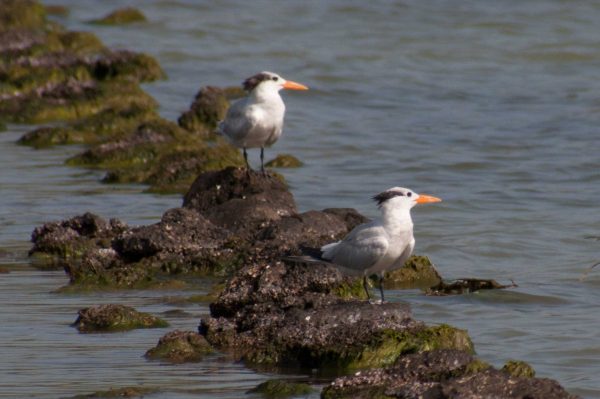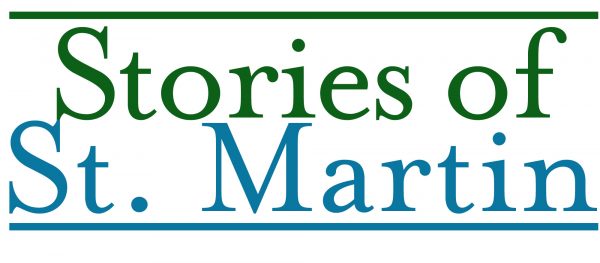It is an incredible privilege to learn local history from someone who lived it. In a recent interview, Elise Hyman from French Quarter described the salt work done on Salines d’Orient in the middle of the 20th century, a time when the industry was coming to an end on St. Martin.

She set the scene of St. Martin during that time: “In that time—in the salt pond times—they were good times. People were very industrious and they didn’t have no other alternative but the salt pond. Everybody used to work their own garden, and when the time come for the salt…that was all the industry they had here.”
She spoke about picking the salt in the morning: “They go in the pond in the morning early. Early morning, everybody’s in the pond picking salt. Picking, throwing in a basket. Then they have a big thing, what they call a flat. So they pick it out the pond, put it in a basket—bum!—you throw it in a flat. So you do that all day, when you get this flat full they row it in to the shore. And so somebody there in the flat is shoveling it out and the younger people come and they transport it on the shore. On the dry shore. So you take it now from the spot where you take it from the flat and you throw it on the groun’ so all the water run out so it’s dry.”
In the afternoon the salt was measured and recorded into a book we were looking at: “Afternoon, three o’clock, Mr. John Gumbs come. Everybody get up and going back and forth taking it up the big pile as tall as this house. So he’s going to come to measure it. And he’s the one putting down all those marks [in the ledger].”
Later, boats would come to collect the salt: “They had a big, big pile. The boats used to be coming there every month. Two and three boats comin’ in to Orient Bay. The people go and they bag it. By the big pile, you have people to shovel, to fill up the bags. They had a little small bag. I don’t know how big it used to be, but it was big enough for the children because mostly children was going to do that. They put it on they head and they go and they had men by the sea water that take it from them and carry it to the boat.”

Today, only the slightest remnants of the salt production days remain. Stone levees marking salt pans are roosting spots for birds. But Elise Hyman still remembers how it was: “As long as rain fallin’, no salt don’t grow. But when it come on the dry weather, up comes the salt. Beautiful. It used to be a beautiful sight to see.”

